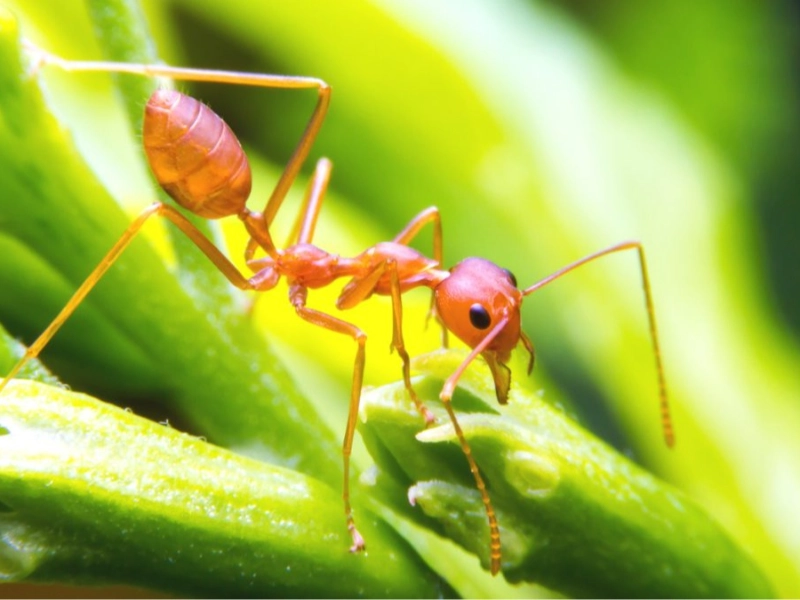In many regions, fire ants have become a significant concern, posing risks to both human health and property. These aggressive insects can create unsightly mounds in yards and gardens, damage electrical equipment, and deliver painful stings. This comprehensive guide explores thirteen essential strategies every homeowner should know to identify, prevent, and manage fire ant infestations. From early detection methods to long-term prevention techniques, these approaches will help protect your family and property from these troublesome pests.
1. Visual Identification Techniques

Effective fire ant control begins with accurate identification. Fire ants range in size from 1/8 to 1/4 inch in length and have a reddish-brown to dark brown color. Their aggressive behavior is a key distinguishing feature—unlike most other ant species, fire ants will quickly swarm and climb vertical surfaces, including plants and human legs. They have a two-segmented waist and a stinger at the tip of their abdomen. Their mounds are typically dome-shaped, reaching up to 18 inches in height, and lack a central opening. Instead, fire ants enter and exit through underground tunnels. Recognizing these visual cues is crucial for early detection and proper identification. This knowledge helps homeowners distinguish fire ant mounds from those of less harmful native ant species, avoiding unnecessary treatments and preserving beneficial insects in the ecosystem.
Advertisement











